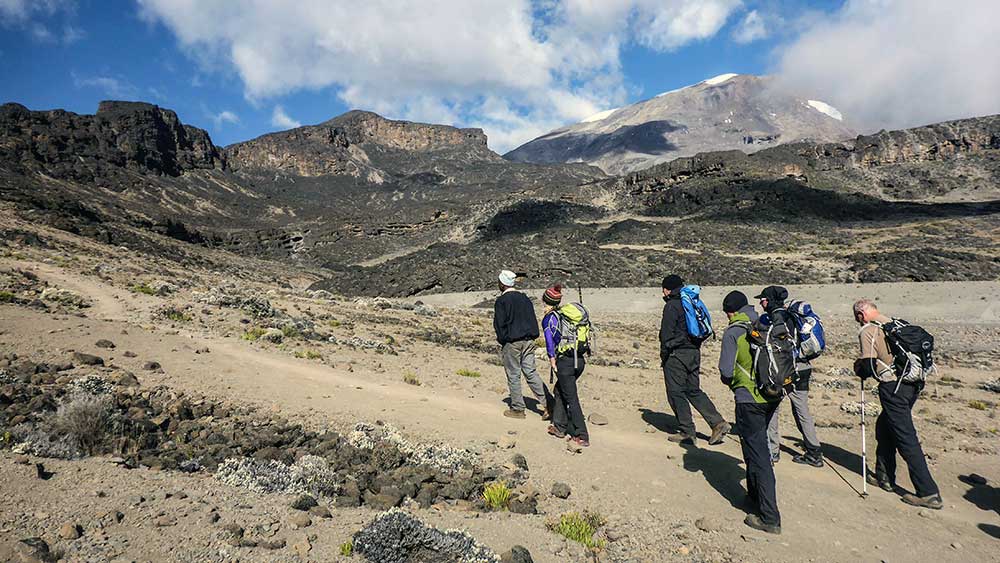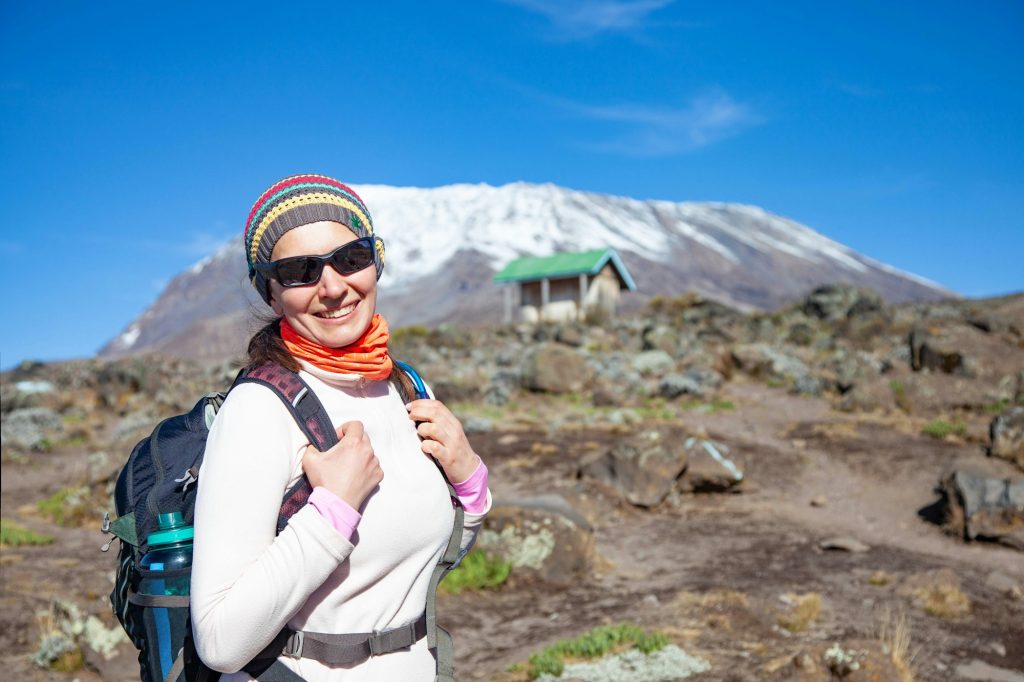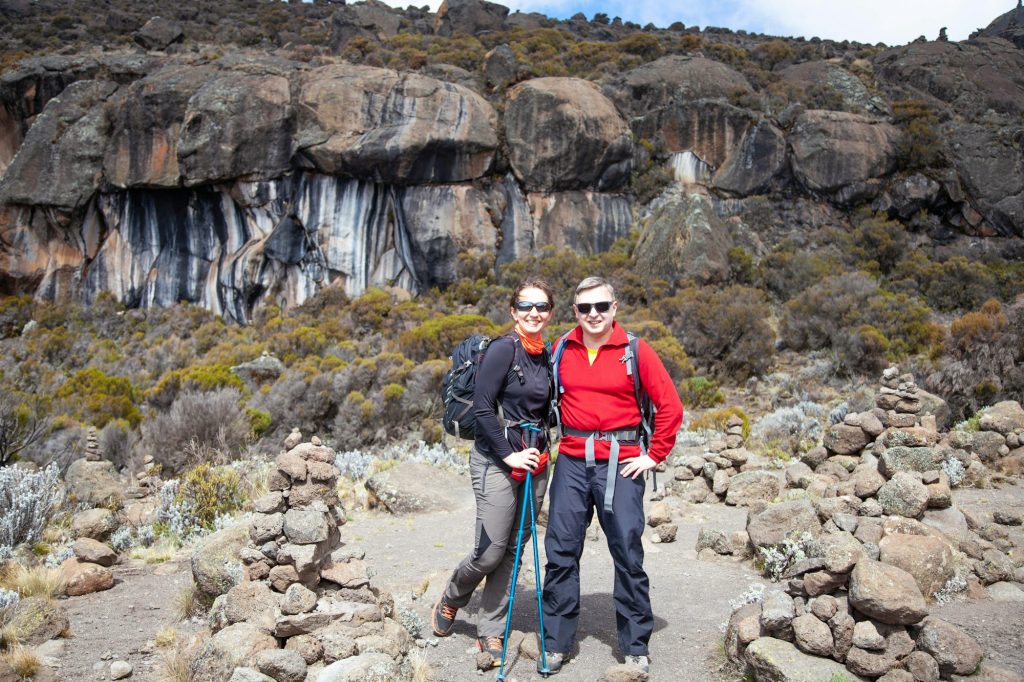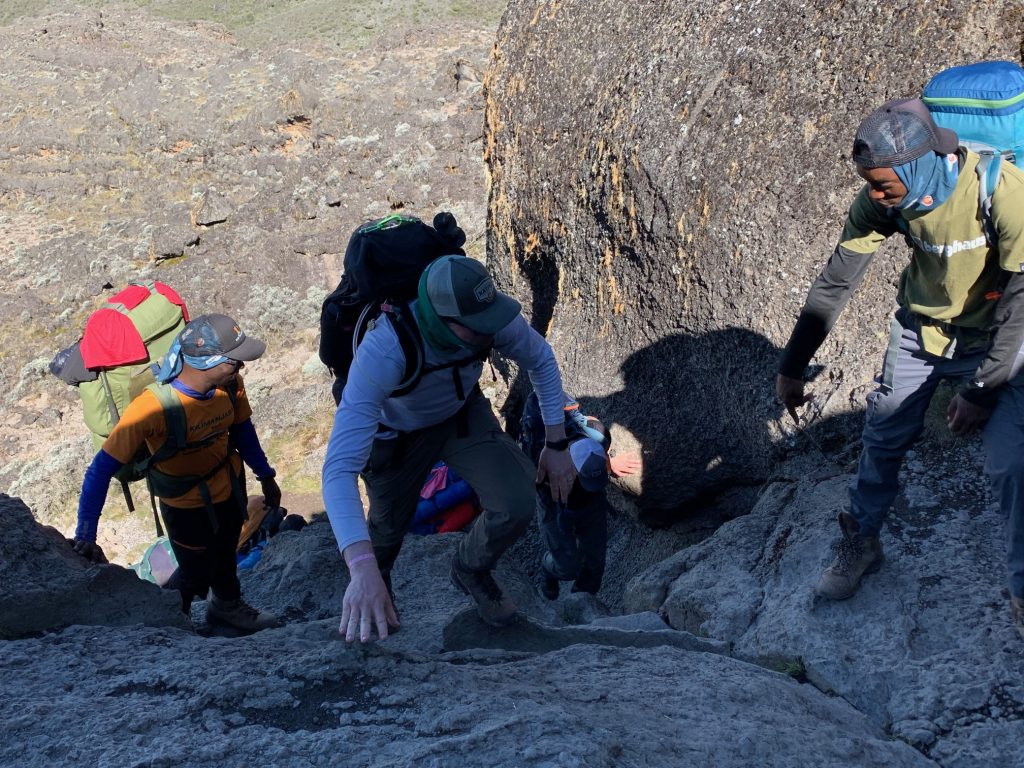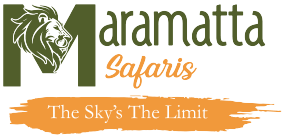Altitude Training for Your Kilimanjaro Climb
$260
DAY TRIP
1 PEOPLE
6+ YEARS
HIKING, COFFEE & WATERFALLS TOUR
Mount Kilimanjaro, Africa’s tallest peak at 5,895 meters (19,341 feet), presents climbers with an incredible challenge—altitude sickness. As you ascend, the oxygen levels drop, and your body must adapt to the thinning air. Altitude training for Kilimanjaro is crucial to improving your chances of reaching the summit while minimizing the risk of Acute Mountain Sickness (AMS).
Whether you are a seasoned climber or a first-time trekker, understanding acclimatization techniques, altitude training exercises, breathing strategies, and medication options will prepare you for the ultimate Kilimanjaro trekking experience.
Understanding Altitude Sickness
What Causes Altitude Sickness? As elevation increases, atmospheric pressure decreases, meaning you inhale less oxygen with each breath. This can cause altitude-related illnesses if your body does not acclimate properly.
Common Symptoms of Altitude Sickness
Mild Symptoms: Headache, dizziness, nausea, shortness of breath, fatigue, loss of appetite.
Severe Symptoms: Confusion, persistent vomiting, difficulty walking, fluid buildup in the lungs (High-Altitude Pulmonary Edema – HAPE), or brain swelling (High-Altitude Cerebral Edema – HACE).
Severe altitude sickness is life-threatening and requires immediate descent. Maramatta Safaris’ expert guides continuously monitor climbers for symptoms and assist in altitude management.
Best Acclimatization Strategies for Kilimanjaro
Acclimatization is the key to a successful summit. Follow these scientifically proven techniques to help your body adapt:
Climb High, Sleep Low: Ascend to a higher altitude during the day but sleep at a lower elevation to assist adaptation.
Slow and Steady Pace: Walk slowly to conserve energy and prevent overexertion, which accelerates oxygen depletion.
Hydration is Critical: Drink at least 3–4 liters of water per day to support oxygen transport in your blood.
Proper Nutrition: Eat carbohydrate-rich foods to maintain energy levels and help the body cope with altitude stress.
Rest Days Matter: Routes like the Lemosho and Machame routes incorporate acclimatization days, increasing success rates.
Pre-Climb Altitude Training for Kilimanjaro
Preparing for Kilimanjaro’s high altitude before your trip is beneficial. The following training methods help your body adapt to low-oxygen environments:
Train at High Elevations
If possible, hike or exercise above 2,500 meters (8,200 feet) to pre-condition your body.
Popular training locations: Colorado Rockies, European Alps, Andes Mountains.
Use an Altitude Training Mask
These masks restrict airflow, mimicking lower oxygen conditions, helping improve lung capacity and breathing efficiency.
Simulated Altitude Chambers
Some gyms offer altitude training rooms that replicate high-altitude conditions, helping your body adjust to oxygen-deprived environments.
Interval Training & Cardiovascular Fitness
Engage in High-Intensity Interval Training (HIIT) to improve aerobic endurance and oxygen utilization.
Breathing Techniques for High Altitude
Practicing controlled breathing techniques enhances oxygen intake efficiency:
Diaphragmatic (Belly) Breathing: Deep breaths into your stomach, not just the chest, to maximize oxygen absorption.
Paced Breathing: Breathe in sync with your steps—inhale for two steps, exhale for two steps—to control breathing rate.
Full Exhalation: Ensure you completely exhale to avoid carbon dioxide buildup, which can cause dizziness and headaches.
Medications for Altitude Sickness
Some medications can aid in preventing and managing altitude sickness. Always consult your doctor before taking any medication.
Diamox (Acetazolamide): Helps stimulate breathing and prevents AMS.
Ibuprofen/Paracetamol: Relieves headaches caused by altitude changes.
Dexamethasone: A steroid used in severe altitude sickness cases.
Choosing the Right Kilimanjaro Route for Acclimatization
Not all routes provide adequate time for acclimatization. The best Kilimanjaro routes for gradual altitude adaptation include:
Lemosho Route: Longest route with best acclimatization schedule, offering high summit success rates.
Machame Route: Features a gradual ascent and stunning views, ideal for first-time climbers.
Rongai Route: Begins on Kilimanjaro’s northern side with a gentler incline, making acclimatization easier.
Mental Preparation for Altitude Challenges
Altitude trekking requires mental resilience. Strategies to maintain mental strength during your Kilimanjaro expedition include:
Positive Mindset: Believe in your training and embrace the journey.
Rest & Listen to Your Body: Take breaks when necessary—altitude climbing is not a race.
Stay in Communication: Talk to your Maramatta Safaris guide if you feel unwell—they are highly trained to assist climbers.
Conclusion
Altitude training for Kilimanjaro is essential for a safe and successful summit. By focusing on pre-trip altitude exposure, controlled breathing, acclimatization strategies, and proper nutrition, you will significantly increase your chances of reaching the Roof of Africa.
With Maramatta Safaris’ expert-guided Kilimanjaro climbs, you’ll have the support, knowledge, and preparation needed to overcome altitude sickness and achieve your summit dream.
visit the links for more
Learn more about Kilimanjaro Climbing Routes
Read about Acute Mountain Sickness (AMS) on CDC Altitude Sickness Guide
Request a Custom Safari
Why book with us
- Customer care available 24/7
- Hand-picked Populer Tours & Activities
- Tailor Made Your Own Itineraries
- The airport Pick-up and Transfer
- Best Accommodations
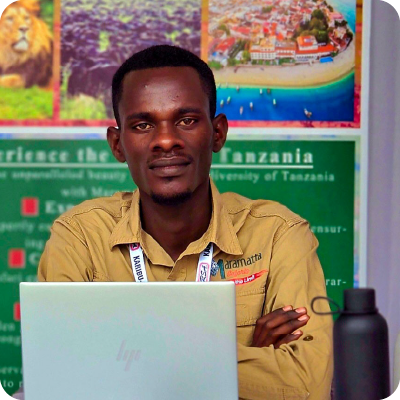
Ready to explore more?
Our travel experts are ready to start creating your tailor-made trip.
For More Exciting & Better Value Safari.
